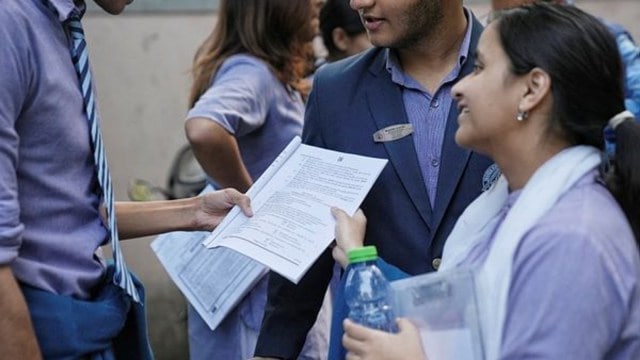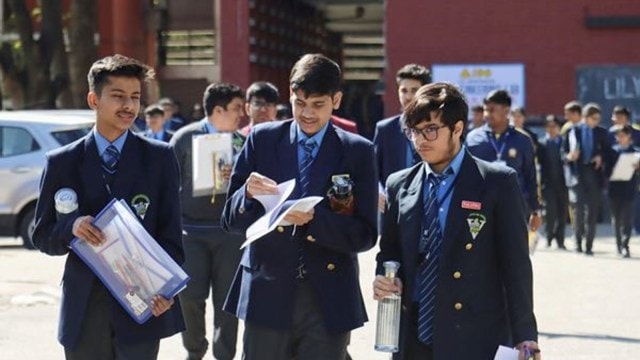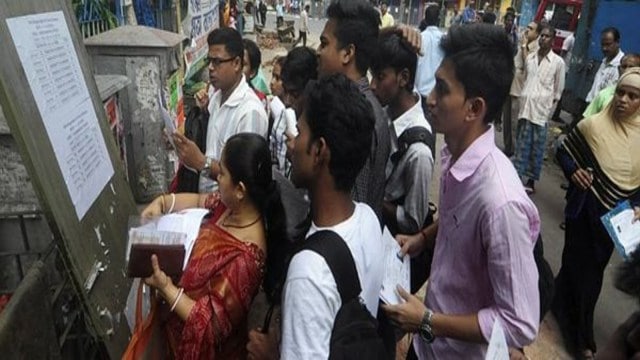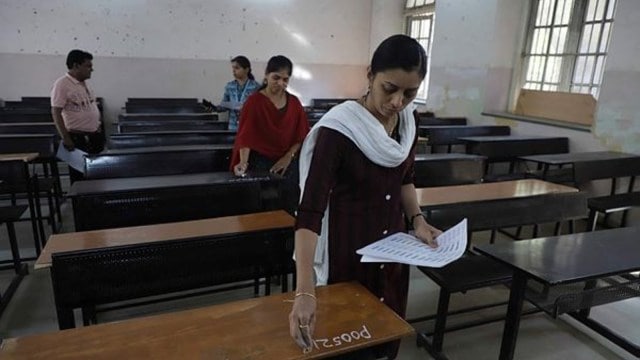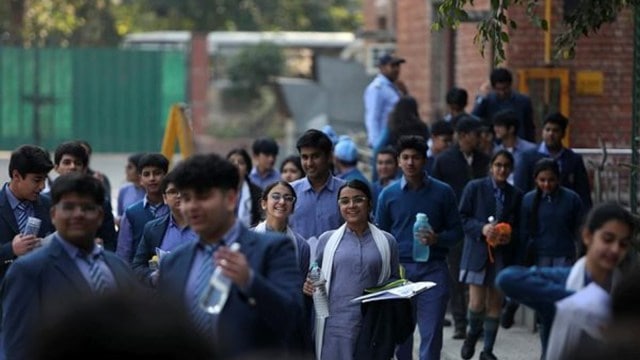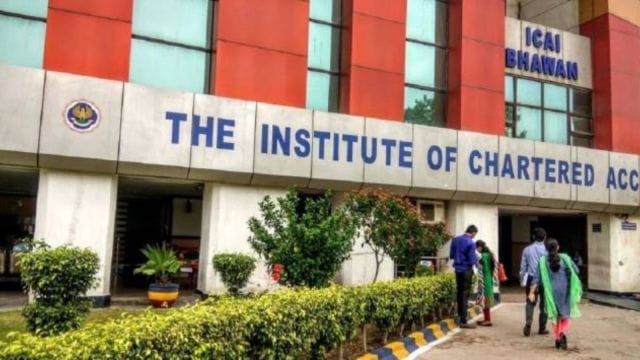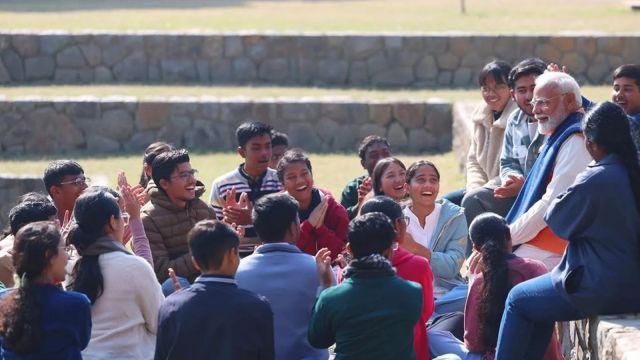
States, civil society restive as Centre plans to scrap Free Movement Regime with Myanmar
When Manipur Chief Minister N Biren Singh announced in September last year that he had appealed to the Centre to scrap the Free Movement Regime (FMR) along the porous Indo-Myanmar border, he cited the influx of “illegal immigrants” and cross-border drug trafficking. Now that the Centre indeed plans to end this arrangement, state governments and civil society representing communities with ties across the border intend to make their dissent heard.
India and Myanmar share a 1,643 km border across Manipur, Mizoram, Nagaland and Arunachal Pradesh, of which only 10 km is fenced, in Manipur. The FMR allows tribes living along the border on either side, many of whom share ethnic bonds, to travel up to 16 km inside the other country without a visa and stay up to two weeks.
Sources said the Union government was inclined to end the FMR to end its “misuse” by insurgent groups to carry out attacks on the Indian side, and to stop the influx of illegal immigrants, drugs and gold smuggling.
However, border state governments and groups unhappy with this decision emphasise that strategic concerns were just one part of the issue, and that the FMR at its heart was meant to address the crudeness and complications of the map-making exercise during the colonial era. The international border, finalised according to lines drawn by British governments without the consent of locals, cuts through mountains and in many parts divides people of the same ethnicity and culture into two different nations.
When, as part of the Narendra Modi government’s Act East Policy, the Union Cabinet approved the Land Border Crossing Agreement between India and Myanmar in January 2018, the government had said it would “safeguard the traditional rights of the largely tribal communities residing along the border, which are accustomed to free movement across the land border.”
This acknowledgement of the fluidity of the border is now being superseded by stated security concerns, particularly in light of the boiling Manipur conflict. While the Biren Singh government – which has largely pinned the conflict on “illegal immigration” and drug trafficking – and Meitei interest groups are firmly in favour of sealing the border, the governments of Mizoram and Nagaland have different considerations.
While the deep ethnic ties between the Mizos and the Chins of Myanmar have been in the spotlight considerably in the last few years, there is also a sizeable Naga population in Myanmar, largely in the Naga Self-Administered Zone in Myanmar’s Sagaing region. One of the most well-known symbols of the vagaries of the international border is the Longwa village in Nagaland’s Mon district, which is spread across both countries and is headed by an Angh or chief whose house straddles the border.
Explaining the relationships, Khriezo Yhome, Senior Fellow from Nagaland at Asian Confluence – a Shillong-based think tank – who focuses on Indo-Myanmar relations, said crossing the border is a part of everyday life in the area.
“(Scrapping the FMR) would affect the day-to-day lives of people. There are hill villages whose farms, whose jhum cultivation is on the other side of the border, on the other side of the hill. People cross over for day-to-day livelihood also. For firewood, cultivation, hunting – things village life depends upon. Today alsom in Noklak, Tuensang, Mon areas in Nagaland, people go to the other side of the border to farm. On top of this there are social relations and people attend marriages and funerals on both sides,” he said.
Mizoram Chief Minister Lalduhoma has been vocal against fencing the border. Soon after it was reported that the Centre plans to scrap the FMR, he met the PM and Minister of External Affairs S Jaishankar in Delhi, after which he told the media that the Mizos consider the Indo-Myanmar border “an imposed boundary” and that fencing it is “unacceptable” to the Mizo people.
The Nagaland government has refrained from commenting on the matter so far, but Deputy CM Y Patton met Lalduhoma in Aizawl last week, following which the Mizoram government stated that Patton said fencing the border would be “unacceptable for Nagas” given the significant Naga population in Myanmar. Civil society groups in both Mizoram and Nagaland have also criticised the decision.
The Global Naga Forum has warned of the Naga people “losing faith in the Indian government altogether.” “For the Indian government to even contemplate reneging on the Free Movement Regime with Myanmar – which would not only criminalise Nagas visiting one another as they are accustomed to doing but also render establishing social and cultural ties extremely difficult, as well as make next to impossible the nurturing of communities for mutual assistance in times of need across the border – would be most unworthy of India’s high standing,” it declared in a statement.
Similarly, Mizoram’s most prominent civil society organisation – Central Young Mizo Association – has also come out against the decision and has asked the Union government to reconsider, stating that scrapping the FMR would “disrupt the harmonious coexistence and cultural exchange that has been integral to the lives of the Mizo people.”
Yhome argues that along with asking how border communities will be impacted by the move, another crucial question needs to be asked.
“The argument, raised most prominently by the Chief Minister of Manipur, is that anti-social elements are taking advantage of the porous border. An important question to ask is whether the FMR is the sole reason, and whether removing it will bring an end to issues such as illegal immigration and gun-running. Is the FMR the real cause for the security issues?” he says.

 Posts
Posts Sign up as a Teacher
Sign up as a Teacher